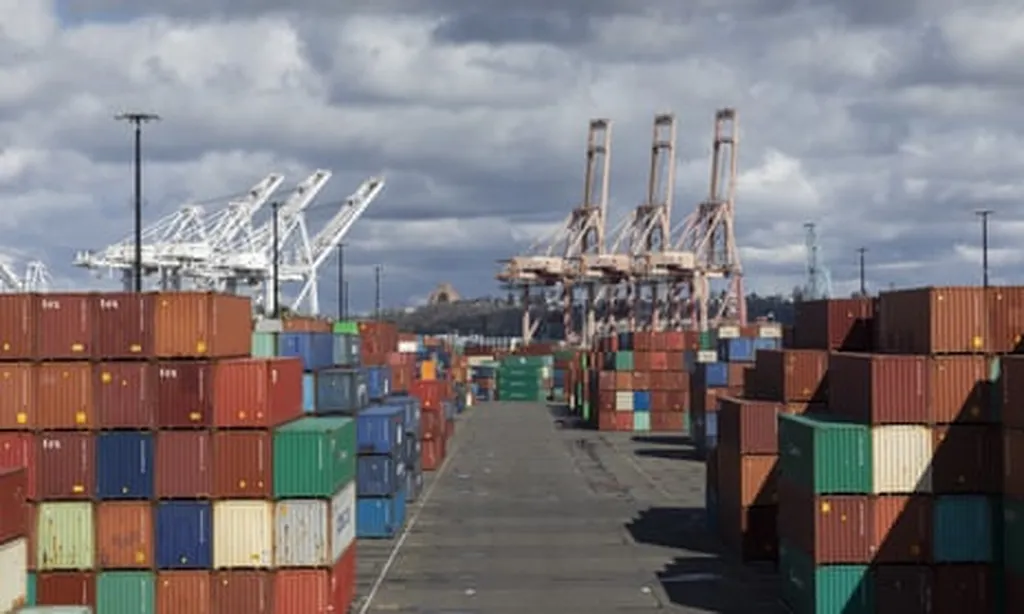The maritime industry is on the cusp of a digital revolution, with the International Hydrographic Organization’s (IHO) new S-100 framework poised to redefine how mariners navigate and interact with the seas. This global standard, developed in collaboration with hydrographic offices worldwide, promises to integrate diverse datasets within a single Electronic Chart Display and Information System (ECDIS). The goal? To enhance situational awareness and decision-making, particularly in the complex environments of coastal waters and ports.
The S-100 framework builds upon the digital foundation laid by the S-57 standard, which has been the backbone of electronic navigational charts since 1992. But S-100 is no mere upgrade; it’s a quantum leap. Mariners will now be able to combine various data layers with Electronic Navigational Charts, including detailed depth information (S-102), dynamic information on tides and currents (S-104, S-111), and even real-time navigational warnings (S-124). This integration could significantly improve safety and efficiency in maritime operations.
The potential benefits extend beyond navigation. As Dr. Parry Oei, Advisor at the Singapore Maritime and Port Authority, noted during a recent UKHO webinar, “It is not only about port efficiency now. We are talking about the marine environment, protecting the marine environment. We are talking about food security. We are talking about climate change.” The S-100 framework could support greater integration across the wider maritime sector, including marine pollution control, where tide and current information could be critical to mitigation measures. Oei emphasized the importance of a holistic approach, stating, “When marine pollution happens, it’s not only the maritime port authorities that are involved. You have got the National Environment Agency; you have got the land authorities. And we were using not only information on land but also drones as well. It’s all three components: land, sea and air that makes us more conscious of the marine environment.”
The S-100 framework also holds promise for improving the safety and efficiency of bunkering operations. Thomas Mellor, Head of Technical Partnerships at the UK Hydrographic Office (UKHO), highlighted this potential during the same webinar. “What we can see is that actually having access to all the S-100 data sets will support vessels when they’re doing their safety cases. Because if they have access to the S-102, they have access to the S-104, they have access to the S-111, they will know where the tidal streams are coming from. They’ll know which way the vessels doing the bunkering should approach from. They can do some very sophisticated planning so that they don’t encounter any issues with things that may cause marine pollution.” This use case underscores the framework’s potential to enhance safety and mitigate environmental risks.
The S-100 framework is not just a theoretical construct; it’s being put to the test. In June, the Canadian Hydrographic Service (CHS) will take a leading role in validating these new digital hydrographic standards by launching S-100 sea trials on the St. Lawrence River. These trials will provide valuable insights into the framework’s practical applications and help refine its implementation.
As the maritime industry grapples with the challenges of climate change, environmental protection, and operational efficiency, the S-100 framework offers a beacon of innovation. By integrating diverse datasets and enhancing situational awareness, it could reshape how we navigate and interact with the seas. The coming years will be pivotal in realizing this potential, and the industry should watch these developments closely. The sea trials on the St. Lawrence River will be a key milestone, offering a glimpse into the future of maritime navigation. As the S-100 framework evolves, it could become a cornerstone of maritime safety, efficiency, and environmental stewardship, driving the industry towards a more integrated and sustainable future.

